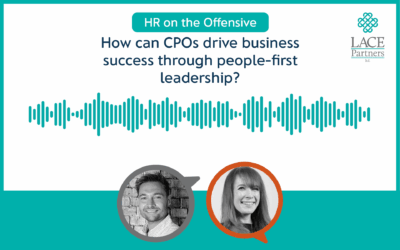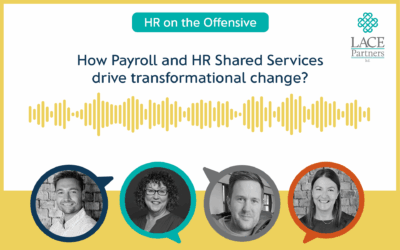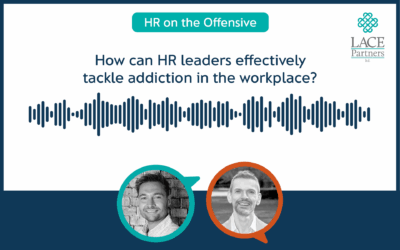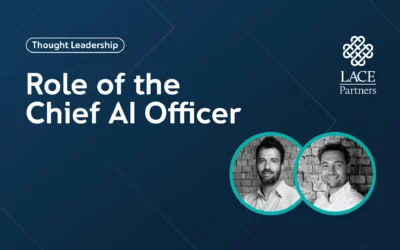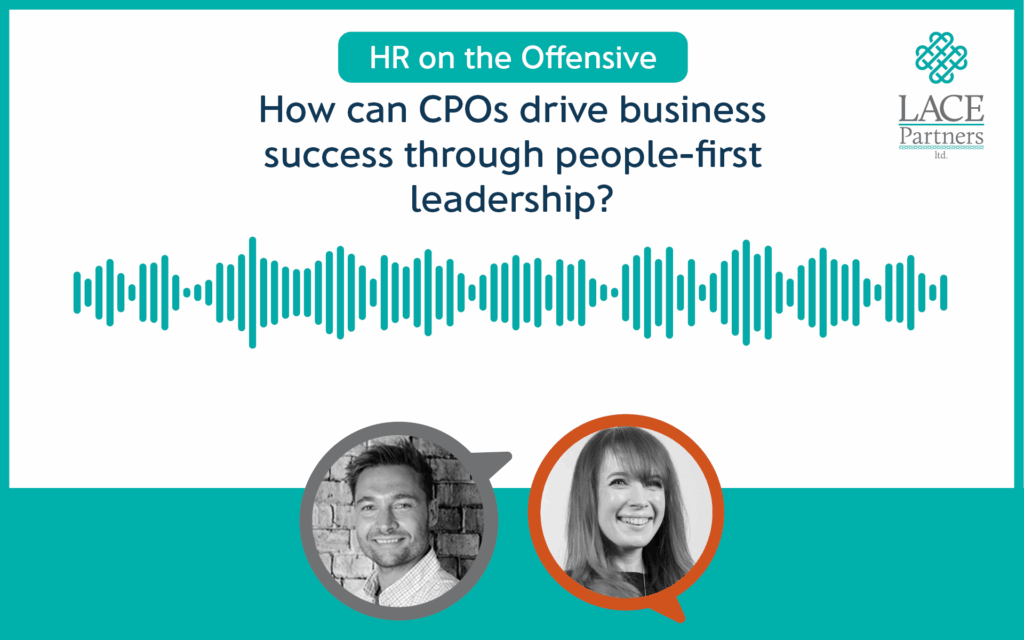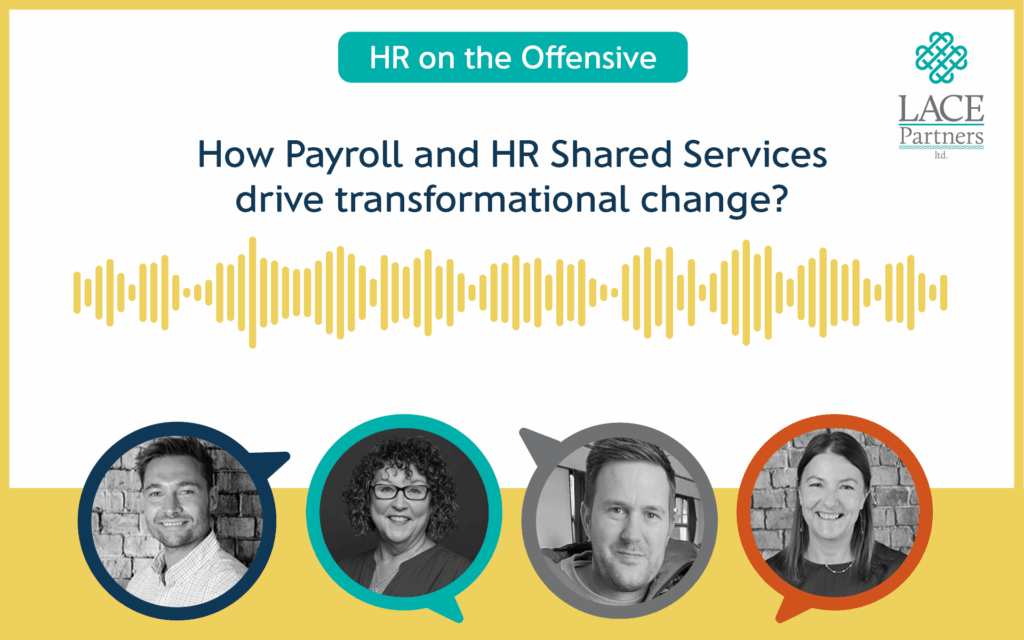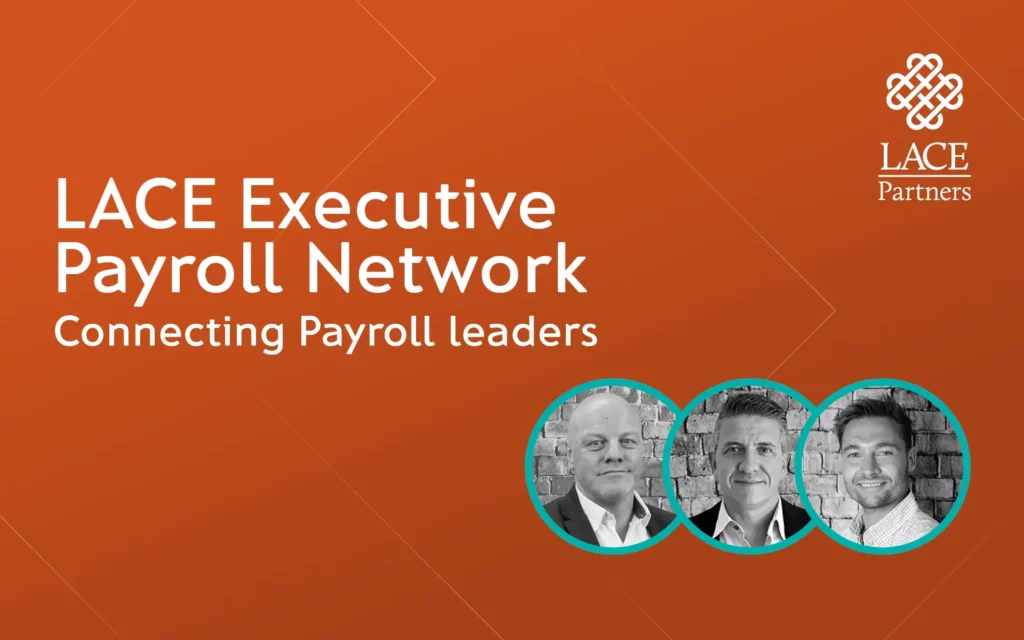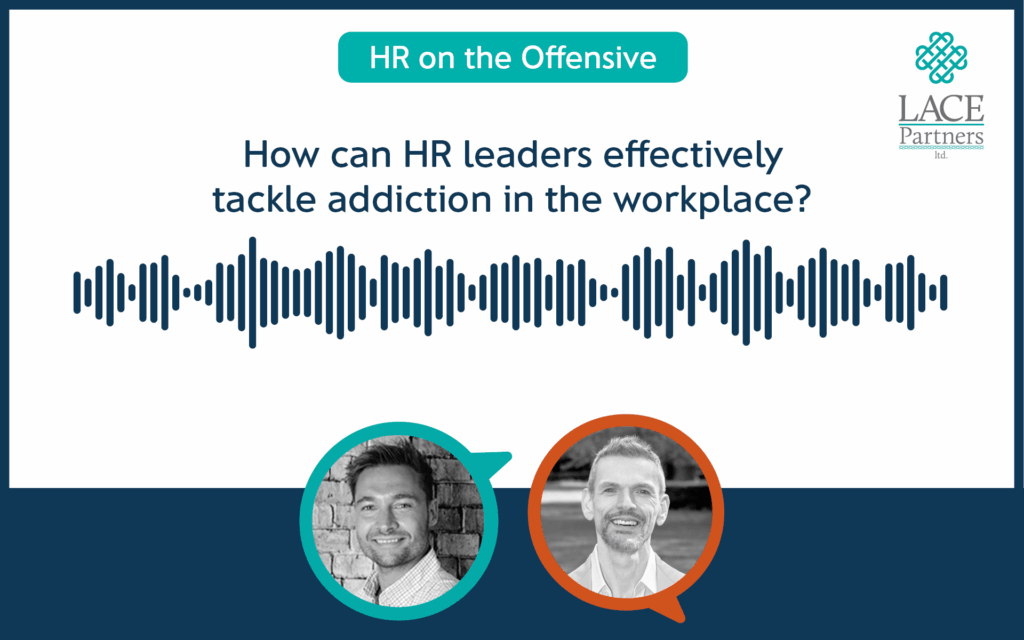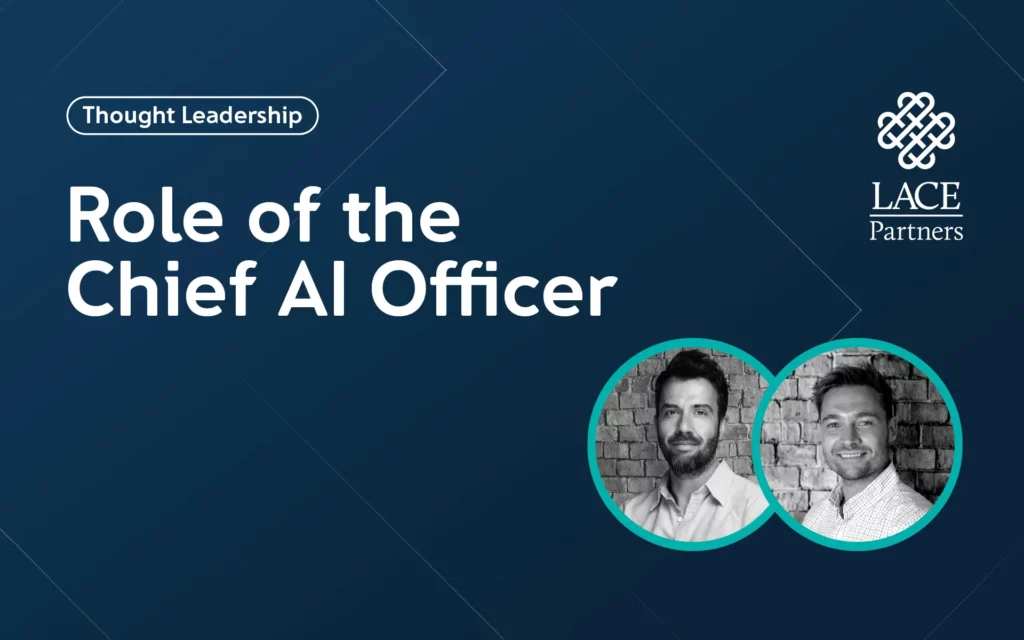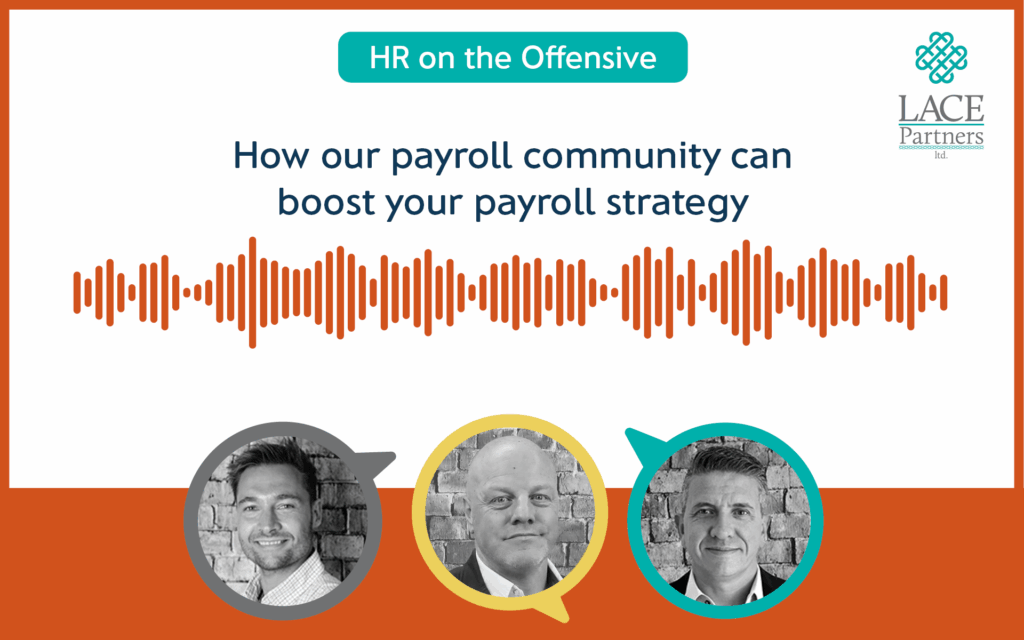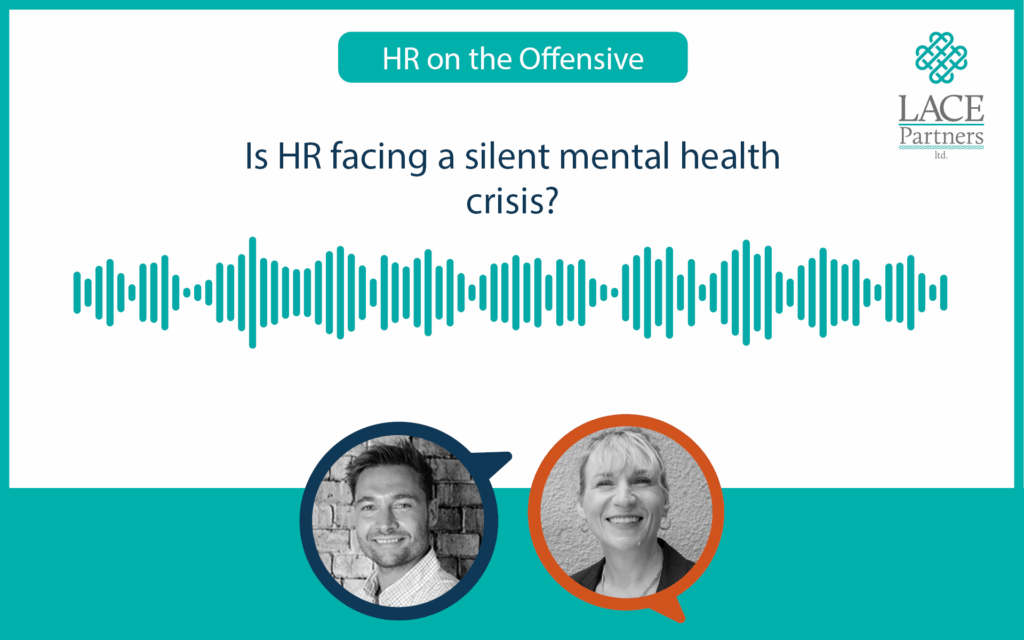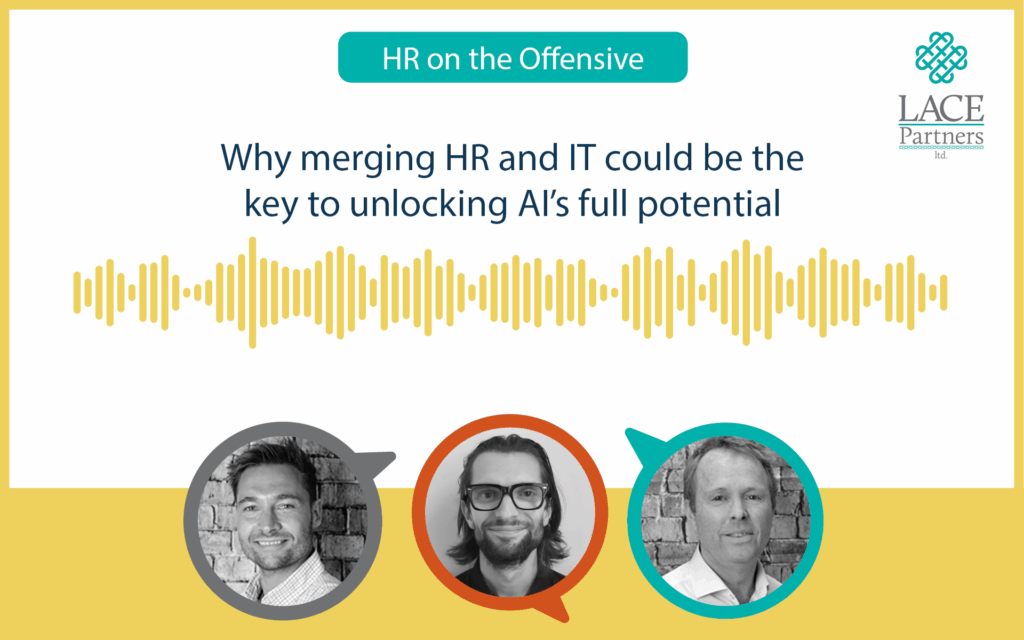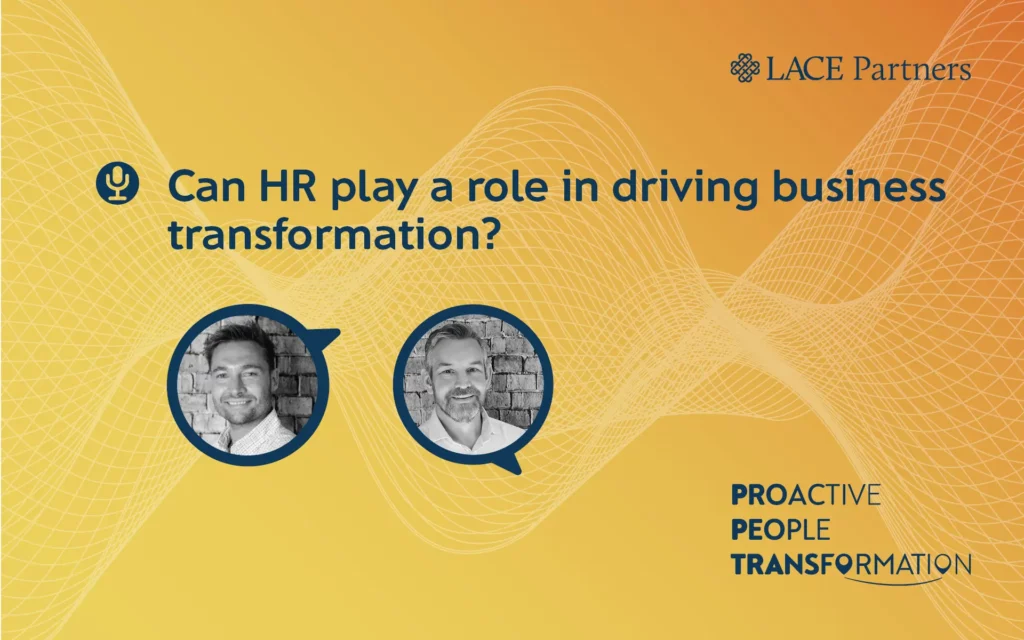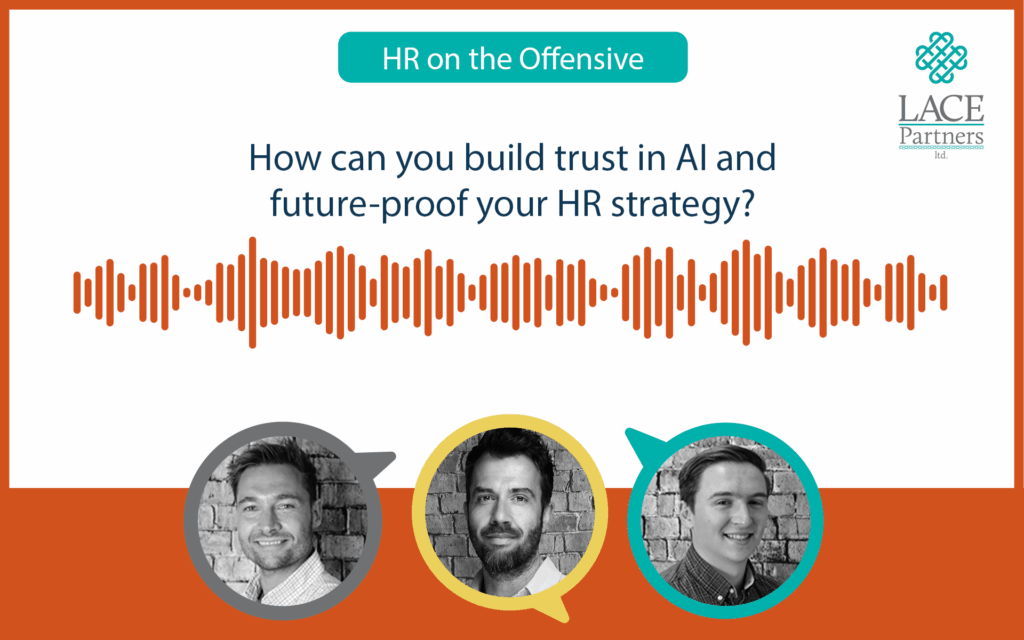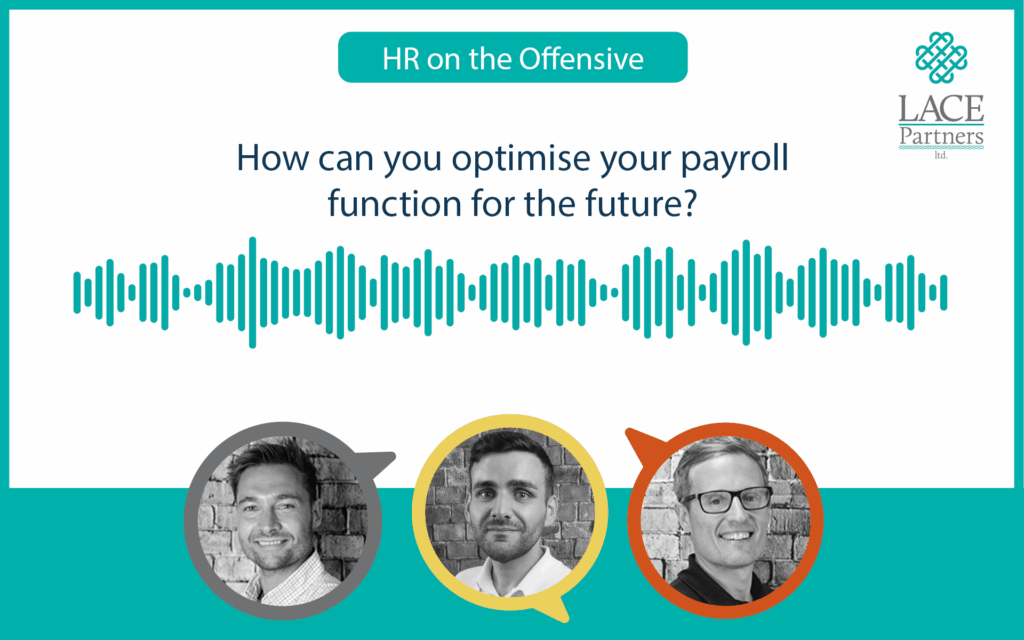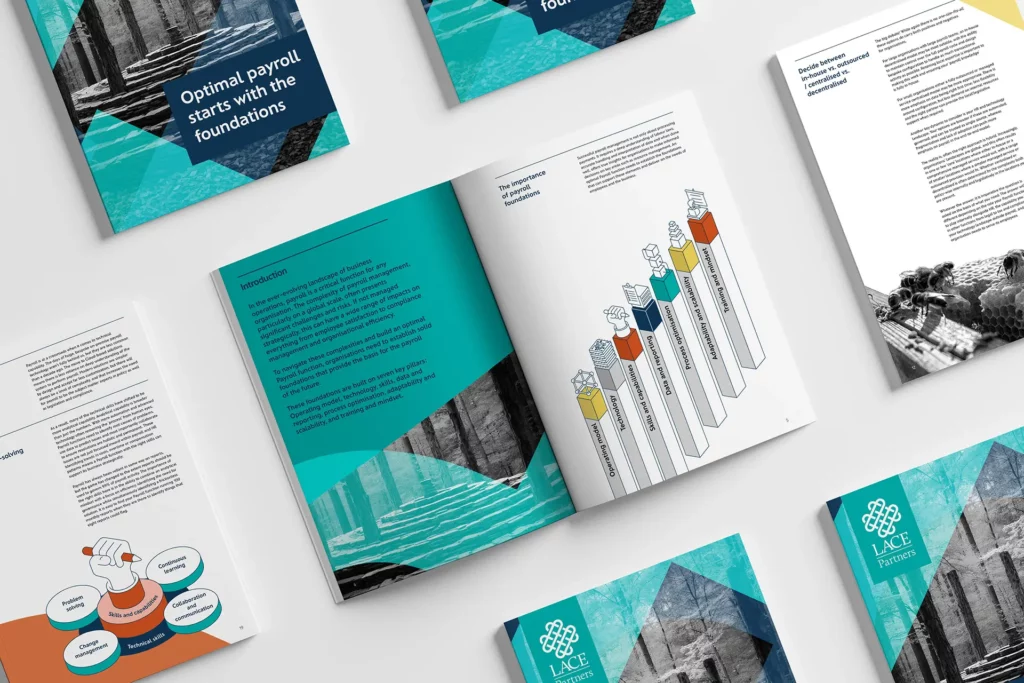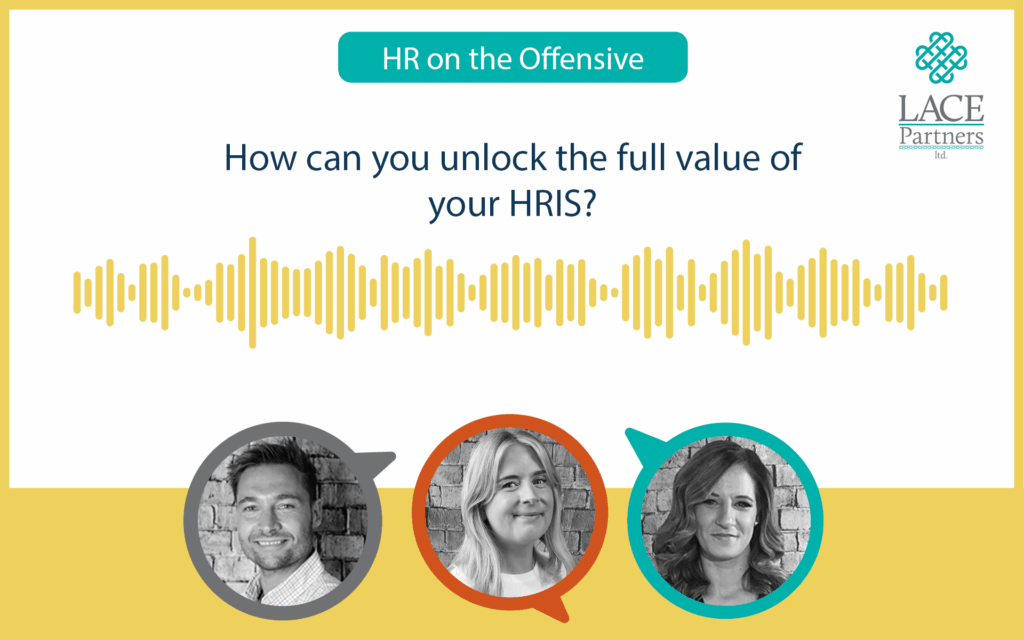For today’s blog we have brought together two of our AI and technology champions we have at LACE, to talk about AI’s role in transforming HR through a framework we have developed. Reach out to Martin and/or Charlie if you’d like to discuss more.
As organisations face growing economic pressures, they are increasingly looking to AI to address workforce challenges. However, People functions as the custodians of the human experience in the workplace, must strike a delicate balance: pursuing efficiency while maintaining an exceptional employee experience, as well as working closely with their technology teams to strike the right balance of technology opportunity and people driven transformation.
AI offers immense potential for greater efficiency and innovation, but the key challenge lies in ensuring it enhances, rather than replaces, the human touch and oversight. Many organisations remain stuck in the planning phase; struggling to move beyond endless AI pilot programmes without being able to move them to full adoption. The real hurdle is not only achieving adoption but also building the cultural “muscle memory” and the organisational psychological safety needed to continually adapt to the rapid changes AI will bring. Equally important is fostering trust within the workforce, ensuring confidence that the right path will be taken to drive success.
To help leaders navigate this, we’ve created the TRUSTED framework, focusing on the key pillars of: Technology, Regulation, Usability, Security, Transparency, Ethics, and Data.
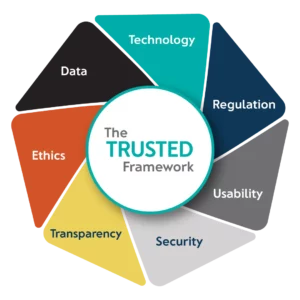
The TRUSTED framework can help organisations responsibly navigate AI implementation and plays a critical role in ensuring AI is adopted in a responsible and sustainable manner.
Technology
AI integrates effortlessly with existing HR technology, but organisations must evaluate their tech infrastructure to ensure it can support these advancements. Equally important is preparing the workforce with the necessary training to maximise the potential of these tools. The rise of Agentic AI—where individual AI agents manage specific tasks—adds new challenges around governance and oversight. To address these concerns, structured frameworks are essential for effectively managing and regulating AI implementation.
Regulation
The use of AI in HR complies with legal frameworks like the EU AI Act and existing employment regulations. Organisations are also mindful of potential future policies, such as Right to Switch off laws, and how they might influence AI’s role in HR. Ensuring compliance not only minimises legal risks but also enhances organisational credibility.
Usability
AI tools are developed with a strong focus on user needs, ensuring accessibility for a diverse range of employees. By incorporating regular feedback and refining AI-driven HR services based on user experiences, their efficiency and impact are significantly enhanced. Furthermore, organisations establish clear guidelines for AI usage, positioning it as a tool to complement HR functions. Crucially, employees always retain the option to connect with a human professional when necessary, preserving the balance between technology and personal interaction.
Security
The adoption of AI in HR comes with potential risks, especially when managing sensitive employee data. Implementing strong security protocols is essential to prevent data misuse and protect privacy. Equally important is maintaining human oversight in AI-driven HR processes. This ensures that AI decisions are carefully monitored, align with ethical standards, and support organisational goals.
Transparency
Ensuring employees understand how AI-driven decisions are made is essential. Clear, open communication about AI’s role in HR—its benefits as well as its limitations—promotes clarity, prevents misunderstandings, and builds confidence. By prioritising transparency, organisations can foster trust in AI-powered processes and reassure employees about its use.
Ethics
The use of AI in HR should embody and reinforce an organisation’s core values. Key ethical priorities include minimising algorithmic bias, promoting diversity, equity, and inclusion (DEI), ensuring fairness in hiring, promotions and performance evaluations. Rather than unintentionally amplifying biases, AI should serve as a tool to foster more equitable and inclusive workplace practices.
Data
The backbone of AI, underscoring the importance of responsible data management. Organisations must adhere to GDPR and data protection regulations while ensuring the highest standards of data quality. AI-driven decisions depend on accurate, current information, and strong data governance frameworks are essential to mitigate biases and ensure fair, reliable outcomes.
We will be releasing a series of blogs outlining the TRUSTED framework in more detail and diving into the ways to navigate successful deployment and adoption of AI and how the TRUSTED Framework can help you achieve your potential with AI.
Get in touch for more information and see how we can help you. Fill in the form below and speak to a member of the team today.



